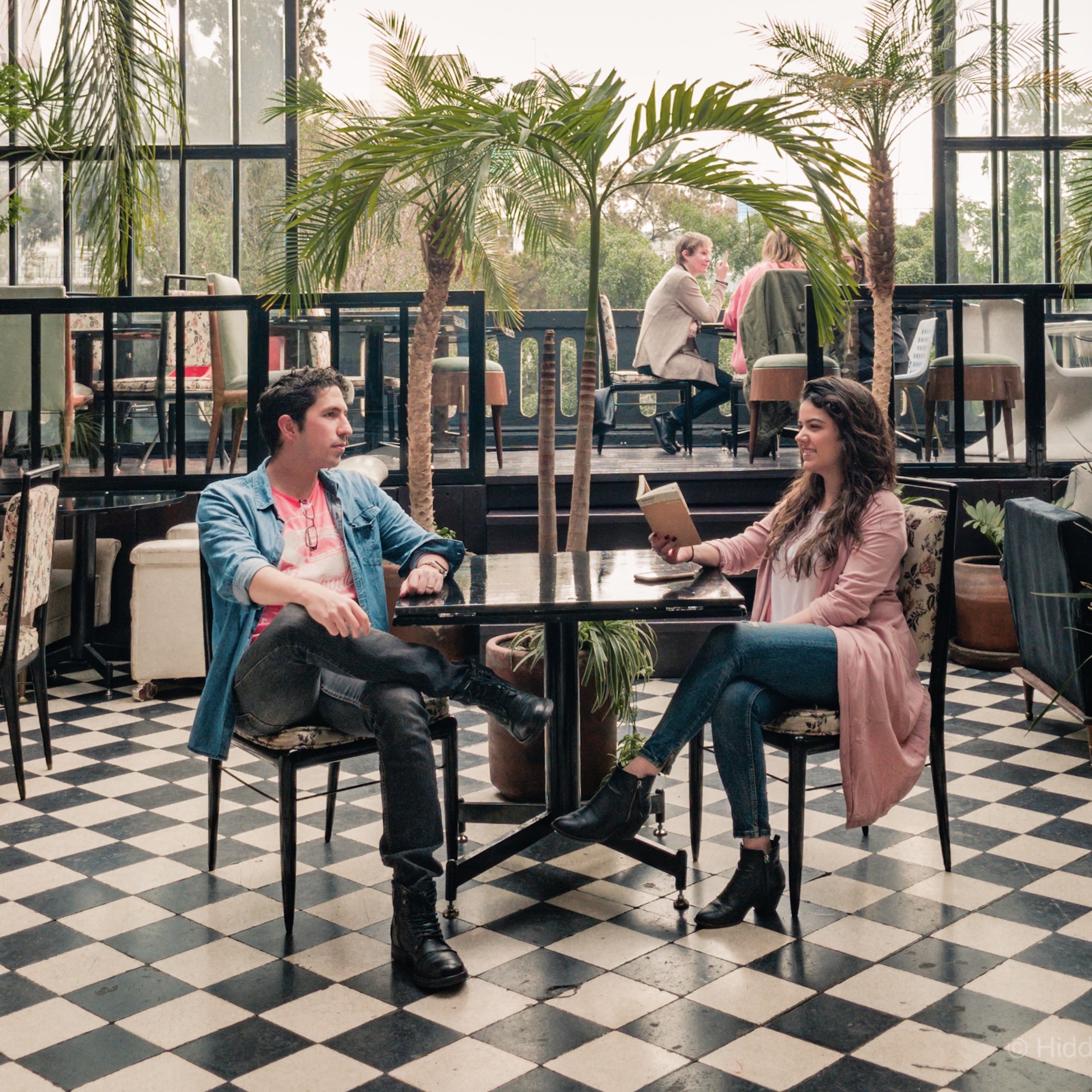
Grand part of Mexico’s ‘popular culture’ is within the ring of Lucha Libre. So, to really have a full Mexican experience, you must let a night at the Arena México surprise you with our true colors… and a whole lot of spandex and drama!
Lucha Libre literally means free-style wrestling, and it wasn’t a Mexican sport at the beginning. It was introduced during the French intervention in the 19th century, but we quickly knew how to make it our own.
The colorful masks to hide the fighters’ identities, theatrical personalities and all sorts of aerial maneuvers, like backflips, flying head scissors and jumps from the ropes, soon turned it into a popular sport in the country. And the luchadores (fighters) became real heroes that people would look up to.

De dos a tres caídas, sin límite de tiempo…
(Two or three falls without a time limit…)
The Lucha Libre isn’t like anything you’ve lived before. You can feel the passion for this sport from the street vendors that surround the Arena México, with stalls and stalls of any luchador paraphernalia you can think of, to the people sitting at the edge of their seats cheering the fighters and the food vendors inside who yell at their idols every time they get a chance.
To round up your experience, get a mask in one of the stalls outside ($100 mxn), buy a beer with chile, clamato, Maggi sauce and lemon ($60 mxn) and something to eat (potato chips, nachos with cheese, pizza, popcorn, etc.).
And SHOUT! It’s part of getting immersed in this world… If you consider yourself a daredevil, jeer and taunt the ‘rudos’ till they go to your seat and confront you. They won’t do anything, but having a huge guy in front making ‘threats’ will certainly make your heart pump.


¡Máscara contra cabellera!
(Mask VS Hair!)
A typical night at the ring involves several matches in a two-hour spectacle. Men, women and dwarfs (‘los minis’, who offer the best aerial pirouettes and use of the ring ropes) are separated, within their category, into two sides: ‘los rudos’ –badasses that often break the rules and disobey the referee–, and ‘los técnicos’ –the good guys that deliver a clean fight.
The ultimate fight is when the luchadores gamble their mask or hair. If they loose, they can’t wear their mask again or rock a shaved head for the rest of their career. As you can imagine, loosing their identity is a very big deal.
Although every move is practiced over and over again before the fight, and luchadores deliver many fake punches (slapping is real and painful) and use fake blood pills to add the extra drama into the ring, Lucha Libre isn’t exactly danger-free. Bad falls have left fighters quadriplegic or dead… So, it’s no exaggeration when fighters cross themselves and say they risk their lives up in the ring.

Where to sit
Getting a good seat is crucial. You want to enjoy the Lucha Libre experience to the fullest, but it all depends on what you are looking for:
A: You can’t be closer than this. Fighters tend to throw themselves out of the ring and engage with the people sitting here; some push their opponent into the crowd. So maybe, if you are lucky, you will get covered in sweat and with a fighter on your lap.
B: The luchadores make their big entrance from here, dancing and shaking hands with the audience. But it’s also the perfect spot for selfies! Wait till they finish their fight –they always stop for a photo coming back from the ring.
C: My favorite. Great view, with a lot of space to stretch your legs; enough separation from the ring to experience it up-close, without having the fighters falling in your lap, and a sensible amount of hecticness around.

Useful information
When to go
Tuesdays or Fridays at the Arena México.
Where to buy your ticket
- To ensure a good place, buy them online here (you can pick your tickets up in Farmacias del Ahorro, Gandhi, Mega Comercial Mexicana, Liverpool, or at the venue’s box office one hour prior to the event.)
- You can also buy them at the ticket office in the Arena México. Just don’t do it the same day, because chances are you’ll end up sitting in the back.
How to get there
- If you have an Uber account, use it. The neighborhood isn’t exactly known for being safe.
- There’s a big parking lot next to the Arena, and it costs $50 mxn for two hours.
- The nearest metro station is ‘Cuauhtémoc’, just a six-minutes walk to the Arena.
Things to know
- Don’t bring your professional camera with you, because they won’t let you in with it. If you forgot or couldn’t leave it elsewhere, the venue has a safe storage. You can take all the pictures and videos you want with your phone.
- A $10-15 mxn tip is okay for the person who guides you to your seat.
- You can tell the food vendors to open an ‘account’ on your name, so that you can pay for everything you ordered at the end.
- Dress conservative, unless you don’t mind the whistles and the constant starring.
- Do not linger outside the Arena when the fight is over. The neighborhood is known for being insecure.

